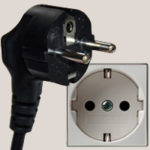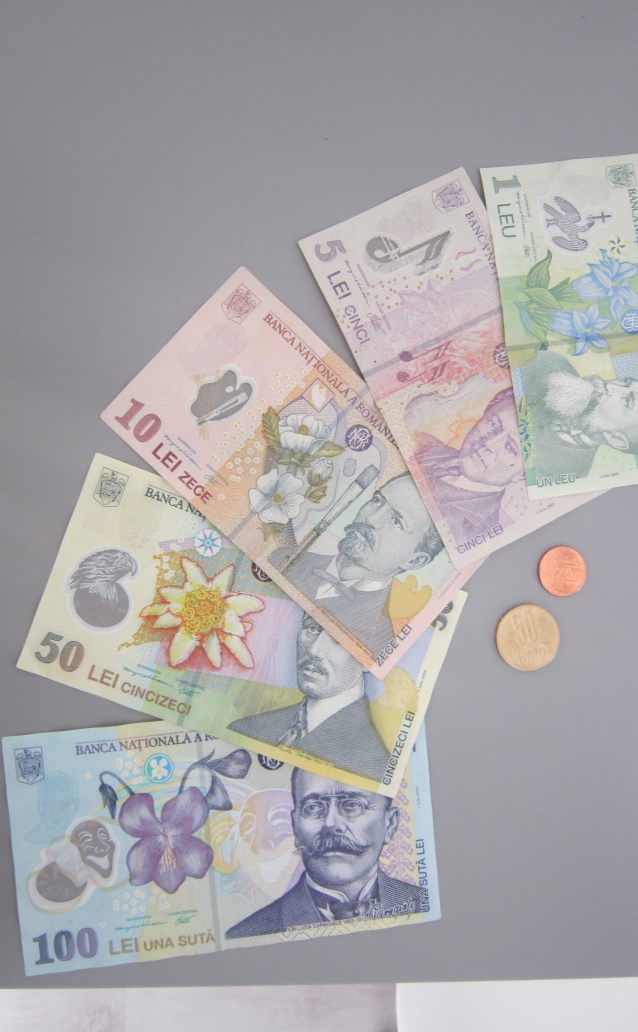Know before you go
Romania
General Information
Romania is located in Southeastern Europe bordering Ukraine, Moldova, Hungary, Serbia and Bulgaria. Its capital and largest city is Bucharest and they drive on the right side of the road. Romania joined the European Union in 2007, however it is not part of Schengen.
Visa
Holders of a EU passport don’t require a Visa. For holders of a different passport check out this link to see if you are required to apply for a visa or not or contact your ministery of foreign affairs.
Watch Geography Now!
The video will give you a good first overview of Romania.

Power
Romania uses Type F plug outlets (“Schuko”). They also work with Type C and E. The voltage is 230 Volt and the frequency is 50 Hz.
Language
| Romanian | English |
|---|---|
| Salut! | Hello! |
| Ciao! | Bye! |
| da | yes |
| nu | no |
| Mersi! | Thank you! |
| Cu plăcere! | You're welcome! |
| Scuze | Excuse me! |
| Noroc! | Cheers! |
Weather Forecast
Climate
Romania has a temperate climate with four distinct seasons. In summer, average maximum temperatures in Bucharest rise to 28 °C (82 °F), and temperatures over 35 °C (95 °F) are fairly common in the lower-lying areas of the country. In winter, the average maximum temperature is below 2 °C (36 °F). Precipitation is average, with over 750 mm (30 in) per year only on the highest western mountains, while around Bucharest it drops to around 600 mm (24 in).
Average Temperature in Bucharest
Average Precipitation in Bucharest
Transportation
How to get there?
Fly into Bucharest Otopeni Airport (OTP) and take the bus to the city center. Bucharest airport is by far the most frequented airport in Romania. However, here you will find a list of all airports in Romania.
Romania is also well connected to other european countries via train and bus networks. There are of course multiple providers. If you are planning to take a bus or train to Romania, search for connections on Google and compare travel times and prices as they vary from provider to provider.
How to get around?
In the city center of Bucharest it’s best to use the Metro. Tickets are cheap (20 lei for 10 journeys) and public transport will take you anywhere in the city.
For many sights like Bran castle, the Danube Delta or the Carpathian Mountains you should consider renting a car. Public transport to these places is not very frequent, might take a long time or is not available at all. Renting a car will cost you around 35€ per day for a small vehicle.
How to get from town to town?
Going from one city to another (e.g. Bucharest to Brașov) I recommend taking the train. It’s more relaxing than driving yourself and you can enjoy watching the landscape rolling by. You can book the tickets online in advance, so you are guaranteed a seat. It’s also worth opting for the 1st class ticket option. It’s not much more expensive than 2nd class, but offers nicer and smaller, more private cabins.
Money, Money, Money
Currency
The currency of Romania is the Romanian Leu (RON), plural: Lei. Check out the currency converter to find out about current exchange rates.

Accommodation
Depending on where you are staying prices will vary of course. Using a combination of Airbnb and a hotel, we paid an average of around 26€ per person per night.
Cash
Even though credit cards are accepted in many places like malls, hotels and car rental companies, you will have to withdraw Lei at an ATM. Cash is king, and you will need it for everyday things like restaurants, markets or public transport. So, the big question is: how much will you need? Retrospective I found I needed around 30€ per day. This includes food, transportation, activities and souvenirs.


